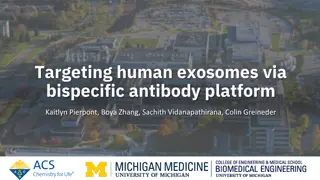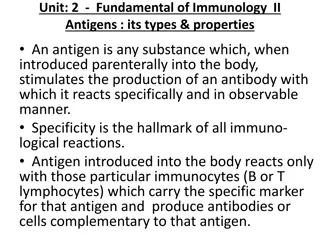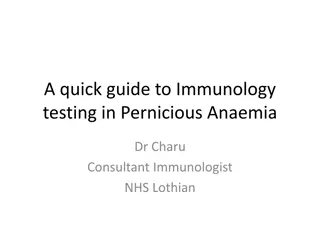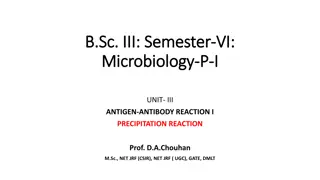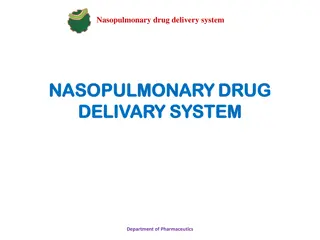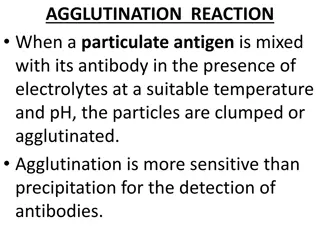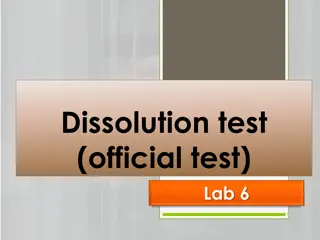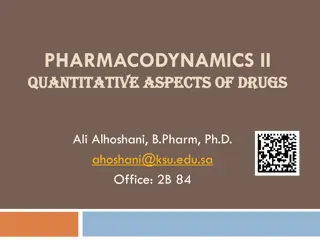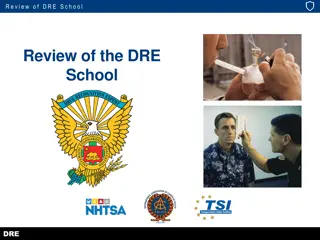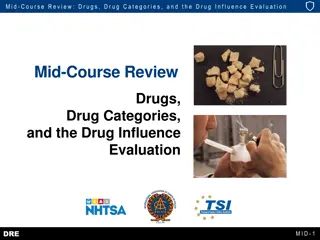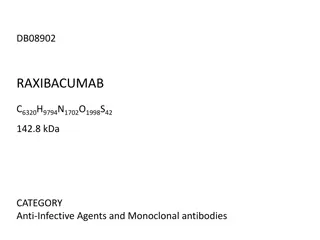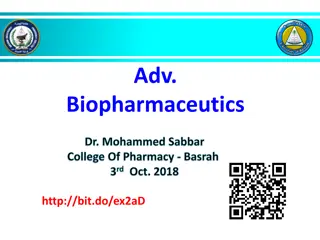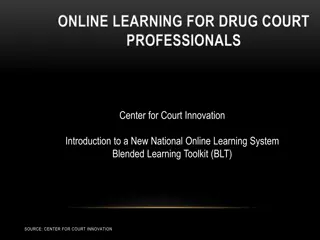
Antibody-Drug Conjugates: A Comprehensive Overview
Antibody-drug conjugates (ADCs) are a promising class of targeted cancer therapies combining highly potent payloads with specific antibodies for selective intracellular release within tumor cells. This overview discusses various types of linkers, payloads, mechanisms of action, and specific ADC examples including Mylotarg, Zynlonta, Kadcyla, Besponsa, Adcetris, Polivy, Padcev, Enhertu, and Trodelvy. Whether exploring site-selective conjugation, cleavable or non-cleavable linkages, or average drug-to-antibody ratios, this guide provides a detailed look into the world of ADCs.
Download Presentation

Please find below an Image/Link to download the presentation.
The content on the website is provided AS IS for your information and personal use only. It may not be sold, licensed, or shared on other websites without obtaining consent from the author. If you encounter any issues during the download, it is possible that the publisher has removed the file from their server.
You are allowed to download the files provided on this website for personal or commercial use, subject to the condition that they are used lawfully. All files are the property of their respective owners.
The content on the website is provided AS IS for your information and personal use only. It may not be sold, licensed, or shared on other websites without obtaining consent from the author.
E N D
Presentation Transcript
Attachment site Linker Payload Antibody Highly potent Non-immunogenic Can be modified to allow for linker attachment A well-defined mechanism of action Stable in circulation Selective intracellular release of payload, via cleavable or non-cleavable linkages Typically occurs through nonspecific modification of cysteine or lysine residues Mixture of conjugates with variable payload to antibody ratios Site-selective conjugation technologies can produce more homogeneous ADCs Targets a well-characterized antigen with high tumor expression Has limited interaction with normal tissue expression Minimal nonspecific binding Maintains stability, binding, internalization, etc.
Mylotarg Disulfide Reducible Acid Labile O O N H N N H O S S
Zynlonta Enzyme Cleavable S N O O N H O O O H N 8 O N H O H N O O
Kadcyla Non-cleavable Linker N H O N O O S
A. Mylotarg & Besponsa Mylotarg average DAR: 3 Besponsa average DAR:6 AcBut O O N-Ac- -calicheamicin Gemtuzumab or Inotuzumab N H N N H O S S
B. Kadcyla Kadcyla average DAR: 3.5 Mertansine (DM1) SMCC N H O N O O S Trastuzumab
C. Adcetris, Polivy, & Padcev Adcetris average DAR: 4 Polivy average DAR: 3.5 Padcev average DAR: 4 Monomethyl auristain E (MMAE) H2N O mc-VC-PABC HN Brentuximab, Polatuzumab, or Enfortumab O O H N H N N N H S O O O O O
D. Enhertu Enhertu average DAR: 8 DXd Mc-GGFG O O Trastuzumab N H H N N H O O O H N N H O S N O
E. Trodelvy Trodelvy average DAR: 7.6 N H2 SMCC-PEG8-K-PABC SN-38 O O H N Sacituzumab O O N H N H S N O O O O N H O N 8 O NN O
Trodelvy, average DAR: 7.6 PABC PEG8 N H2 SN-38 O O H N Sacituzumab O O N H N H S N O O O O N H O N 8 O NN O SMCC Lysine Triazole (Click chemistry)
F. Blenrep Blenrep average DAR: 4 mc Monomethyl auristatin (MMAF) S N O O O Belantamab
G. Zynlonta Zynlonta average DAR: 2.3 SG319 PBD dimer H N Mal-PEG8-VA-PABA O N H O O O H N 8 Loncastuximab O N H O O O S N O
Zynlonta, average DAR: 2.3 PEG8 Val-Ala Linker SG319 PBD dimer H N Loncastuximab S N O O N H O O O H N 8 O N H O O O Maleimide PABA
F. Blenrep Blenrep average DAR: 4 mc Monomethyl auristatin (MMAF) S N O O O Belantamab


